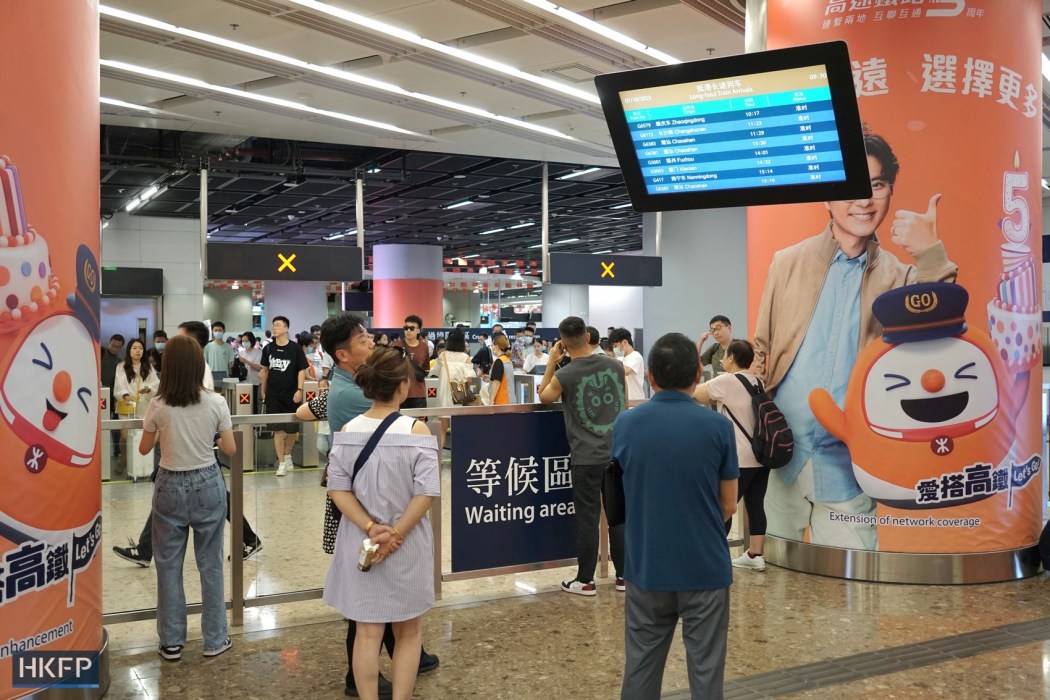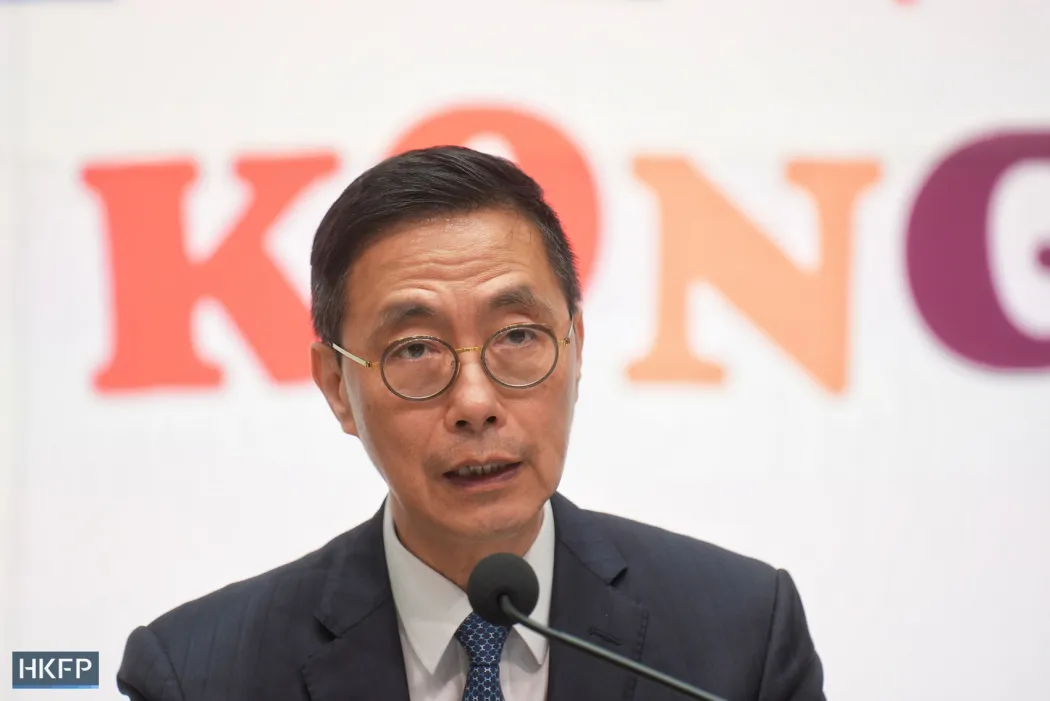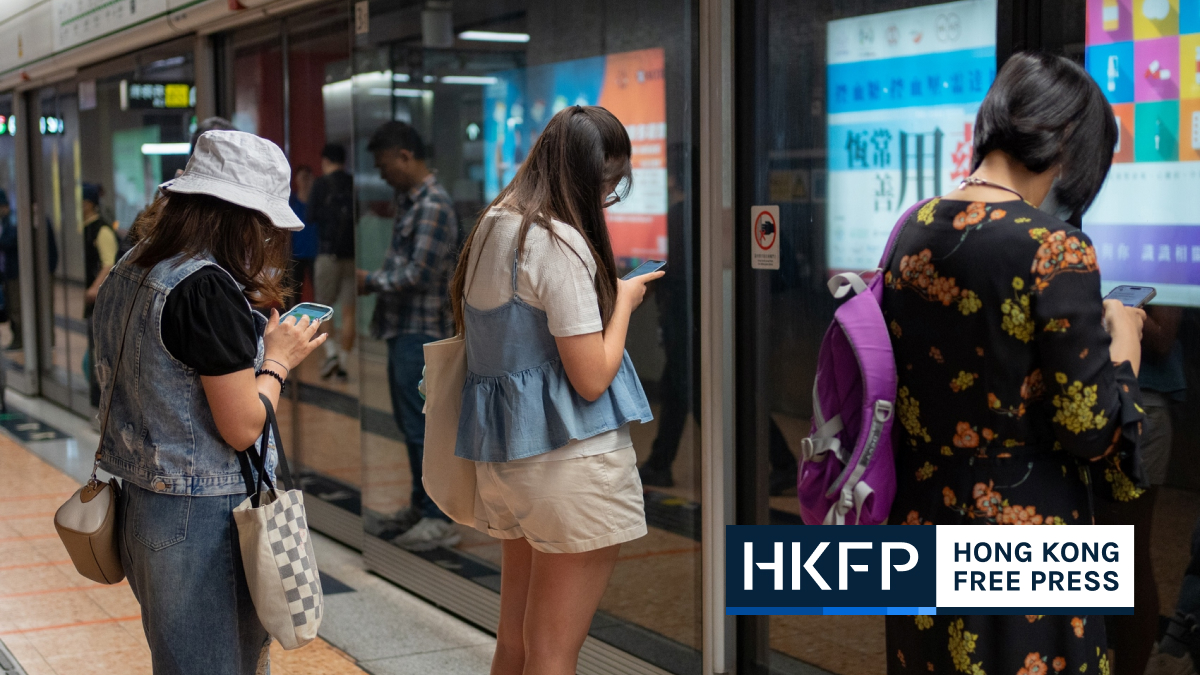Hong Kong welcomed about 1.1 million mainland Chinese tourists over the National Day “Golden Week” holiday, with the daily average of arrivals from across the border reaching about 85 per cent of pre-pandemic levels, the government has said. But the influx did not result in a rise in retail sales, according to an industry representative.

The eight-day holiday – from September 29 to October 6, and the first Golden Week since Covid-19 restrictions were lifted – saw an average of around 140,000 inbound mainland Chinese visitors per day. The figure peaked on October 1, China’s National Day, with around 180 000 arrivals, according to the Immigration Department (ImmD).
“I hope visitors can feel the festive ambience and unique metropolitan glamour of Hong Kong,” Kevin Yeung, the secretary for culture, sports and tourism, said on Saturday.
Yeung added that the government would review “various operations” to prepare for future tourist seasons.
In a statement released on Saturday, a government spokesperson said that the daily figure was about 85 per cent of the level recorded in the same holiday between 2017 to 2019. Most mainland Chinese visitors arrived in Hong Kong via high-speed railway to the West Kowloon Station or through the Lok Ma Chau Spur Line.

Among mainland Chinese visitors, 45 per cent stayed overnight, the spokesperson said. The overall hotel occupancy rate reached 90 per cent, according to the Hong Kong Tourism Board (HKTB).
Events such as the Tai Hang fire dragon dance parade and the National Day fireworks display attracted about 48,000 and 430,000 spectators, respectively, the government spokesperson said.
During the holiday, around 780 mainland Chinese tour groups visited the city, involving around 26,800 visitors, according to figures from the Travel Industry Authority (TIA).
The government spokesperson added that the TIA had not received any reports of coerced shopping during the holiday, referring to the practice of forcing tourists on low-budget tours to spend in certain shops.
Retail sales ‘underperformed’
Although the influx of tourists boosted consumption, overall retail sales did not rise in lockstep with arrivals, an industry representative said.
Annie Yau, the chairperson of the Hong Kong Retail Management Association, said on RTHK last Friday that overall sales attributed to tourists had risen by 10 to 20 per cent. But Golden Week sales figures still lagged behind the level recorded in 2018.

The outflow of local residents over the long weekend could have played a role in the underperformance, Yau said in Cantonese.
According to figures from the ImmD, about 1.8 million Hong Kong residents departed during the recent holiday period, with more than 70 per cent heading north via various checkpoints, outnumbering the amount of tourist arrivals.
Chief Executive John Lee said last week that it was normal for Hongkongers to holiday overseas, adding that the government would focus on its “Night Vibes Hong Kong” campaign to boost local consumption and evening activities.
Slow tourism reboot
Tourism industry representatives previously estimated that around 1 million mainland Chinese visitors would come to Hong Kong during the Golden Week holiday, but that many had planned to take shorter trips compared to pre-pandemic levels.
Speaking to HKFP on National Day, several tourists arriving at the West Kowloon Station via high-speed railway said they only planned to stay for two or three days, with some saying they was only dropping by the city for a day-trip.
Hong Kong’s tourism sector – a pillar industry that contributed 3.6 per cent of the city’s gross domestic product and employed around 232,700 people in 2019, according to government figures – was particularly devastated by Covid-related travel restrictions, which essentially isolated the city for almost three years.
Since fully reopening its borders in February, visitor arrivals have risen, led by those from mainland China, but still lag behind pre-pandemic levels.
Hong Kong welcomed 4.07 million visitors in August, up 14 per cent from the previous month, according to provisional data from the HKTB. In August 2018, the city saw nearly 6 million visitors. And even during the height of the pro-democracy protests and unrest in August 2019, the city welcomed 3.59 million arrivals.
The HKTB has blamed “currency exchange rates, airline capacity and the global economic outlook” as factors affecting the pace of the tourism reboot.
Support HKFP | Policies & Ethics | Error/typo? | Contact Us | Newsletter | Transparency & Annual Report | Apps
Help safeguard press freedom & keep HKFP free for all readers by supporting our team

LATEST FROM HKFP
HKFP has an impartial stance, transparent funding, and balanced coverage guided by an Ethics Code and Corrections Policy.
Support press freedom & help us surpass 1,000 monthly Patrons: 100% independent, governed by an ethics code & not-for-profit.










